In recent years, interest in anti-aging has grown, with a noticeable trend toward younger individuals seeking preventive interventions. Collagen, a key structural protein, begins to decline from around age 25, contributing significantly to skin aging.
Studies indicate that after age 20, dermal collagen decreases by about 1% annually, while fibroblast collagen synthesis progressively declines. Aging collagen becomes stiffer and more yellow, leading to reduced elasticity, dullness, and loss of skin radiance.
What is Collagen?
Collagen is the body’s most abundant structural protein, comprising 25–35% of total protein and widely distributed in connective tissues such as skin, bone, tendon, and cartilage. Skin collagen is primarily Type I and Type III, which together form the dermal scaffold.
Type I provides tensile strength, while Type III offers elasticity and supports tissue repair. During wound healing, Type III collagen initially forms a provisional matrix for cell migration and is later replaced by the stronger Type I.
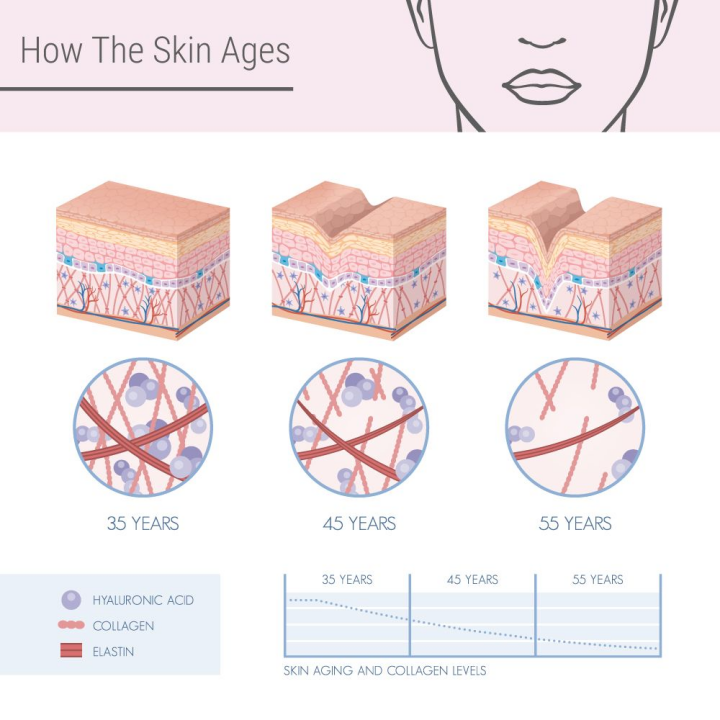
Type I and Type III collagen play different yet complementary roles in the skin. Type I acts like the “springs” of a mattress—providing strength and support—while Type III is like the “filling,” giving softness, bounce, and elasticity.
Baby skin feels smooth and plump because it contains abundant Type III collagen. However, as we age, collagen production slows and its loss accelerates—about 1% per year—causing skin to loosen, roughen, and show fine lines and enlarged pores.
By replenishing Type III collagen externally, early signs of aging such as fine lines and sagging can be improved, helping the skin regain elasticity and maintain a youthful, radiant look.
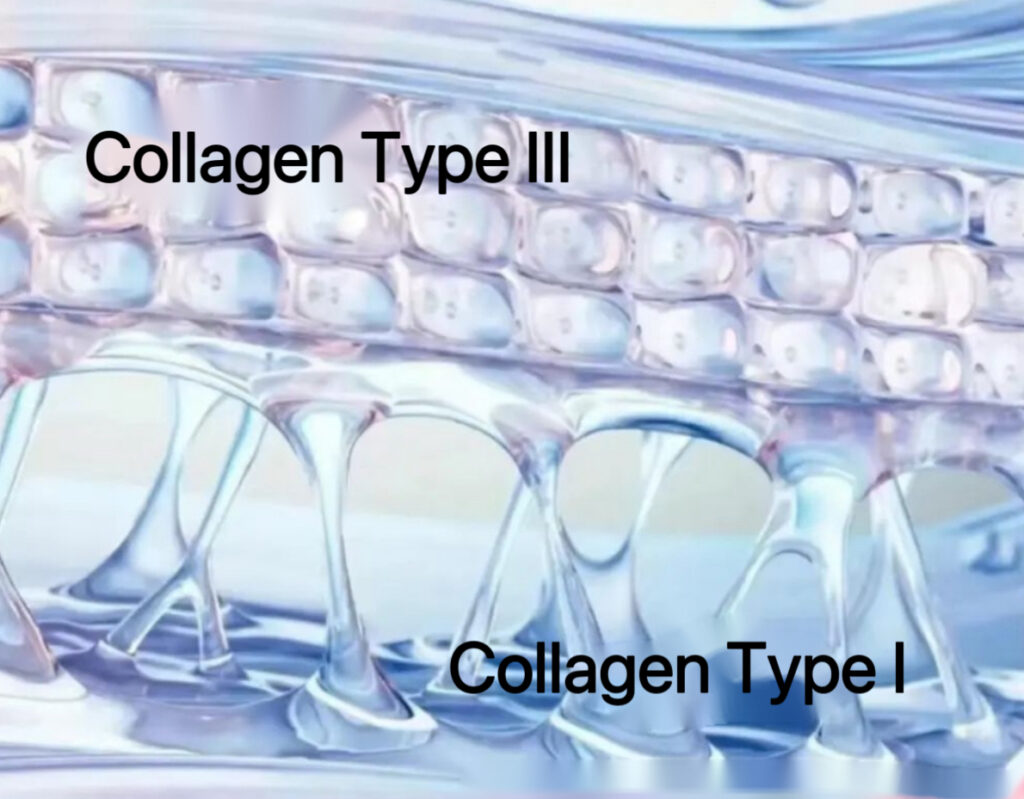
Recombinant Human Collagen – The Future of Youthful Resilience
Traditional animal-sourced collagen is burdened with limitations—complex extraction, risk of impurities, and potential allergies. Today, biotechnology delivers a new era of purity and precision: Recombinant Human Collagen.
Through state-of-the-art genetic engineering, human collagen DNA is seamlessly expressed in carefully cultivated host cells, yielding collagen that is molecularly flawless, structurally refined, and clinically safe. Unlike animal-derived collagen, this breakthrough ensures 100% compatibility with the human body—no irritation, no compromise.
The beauty of recombinant collagen lies in its precision and versatility: whether human, avian, or marine-specific, any collagen type can be designed and produced with absolute consistency. This is not merely collagen—it is next-generation bio-collagen, redefining skin resilience, cellular vitality, and the art of timeless youth.
Advantages of Human-Derived Type III Collagen
• Direct supplementation – Injection into the dermis delivers collagen in situ, directly replenishing collagen where it is needed.
• Regenerative effect – Studies confirm that injection of human-derived Type III collagen significantly upregulates Type I and Type III collagen RNA expression. This supports the repair of depressions and wrinkles, helping to restore skin tension and elasticity, thereby reducing visible lines.
• Antioxidant and anti-inflammatory – Helps mitigate oxidative stress and relieve skin inflammation.
• Dermal density enhancement – Increases dermal thickness and effectively rebuilds the skin barrier.
Instruction of application
- Periorbital Rejuvenation
Do you notice makeup settling into eyelid creases, your double eyelids becoming narrower, hollowing of the upper eyelid, fine “cat’s paw” lines at the inner corners when you smile, or the appearance of triple eyelids, fine lines, and crow’s feet? These are all common signs of aging around the eyes.
Unlike hyaluronic acid, which must be injected into deeper layers and may cause bumps if placed too superficially, Type III collagen can be safely delivered into the superficial to mid-dermis. This allows for a more direct and natural improvement of delicate fine lines around both the upper and lower eyelids.
When paired with advanced energy-based treatments such as 5D Collagen Light or Ulthera, the effects are amplified—stimulating fibroblasts, restoring elasticity, and achieving results that go beyond either treatment alone.
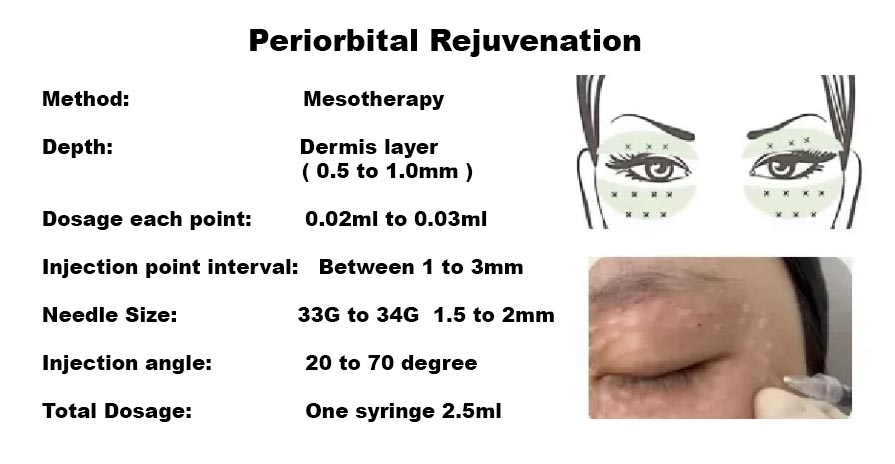
2. Facial Rejuvenation
Common signs of facial aging include dryness, uneven skin tone, pigmentation irregularities, enlarged pores, rough texture, fine lines, wrinkles, sagging, and loss of elasticity.
Supplementing Type III collagen not only stimulates collagen regeneration but also helps reduce DNA damage in skin tissues caused by reactive oxygen species (ROS) during photoaging. This supports the repair of dullness, redness, and roughness induced by sun damage, restoring healthier and more radiant skin.
In addition, for compromised skin barriers—such as those following laser treatments or in conditions like rosacea—Type III collagen promotes barrier recovery by reconstructing the collagen network, accelerating the skin’s healing process.
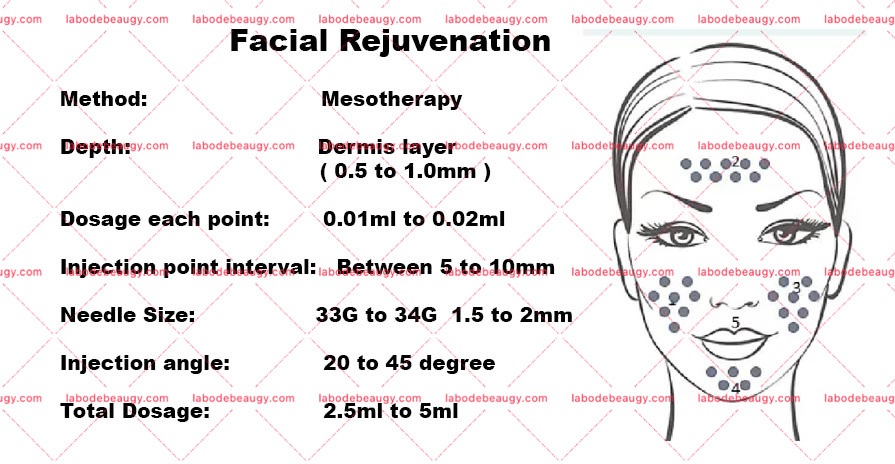
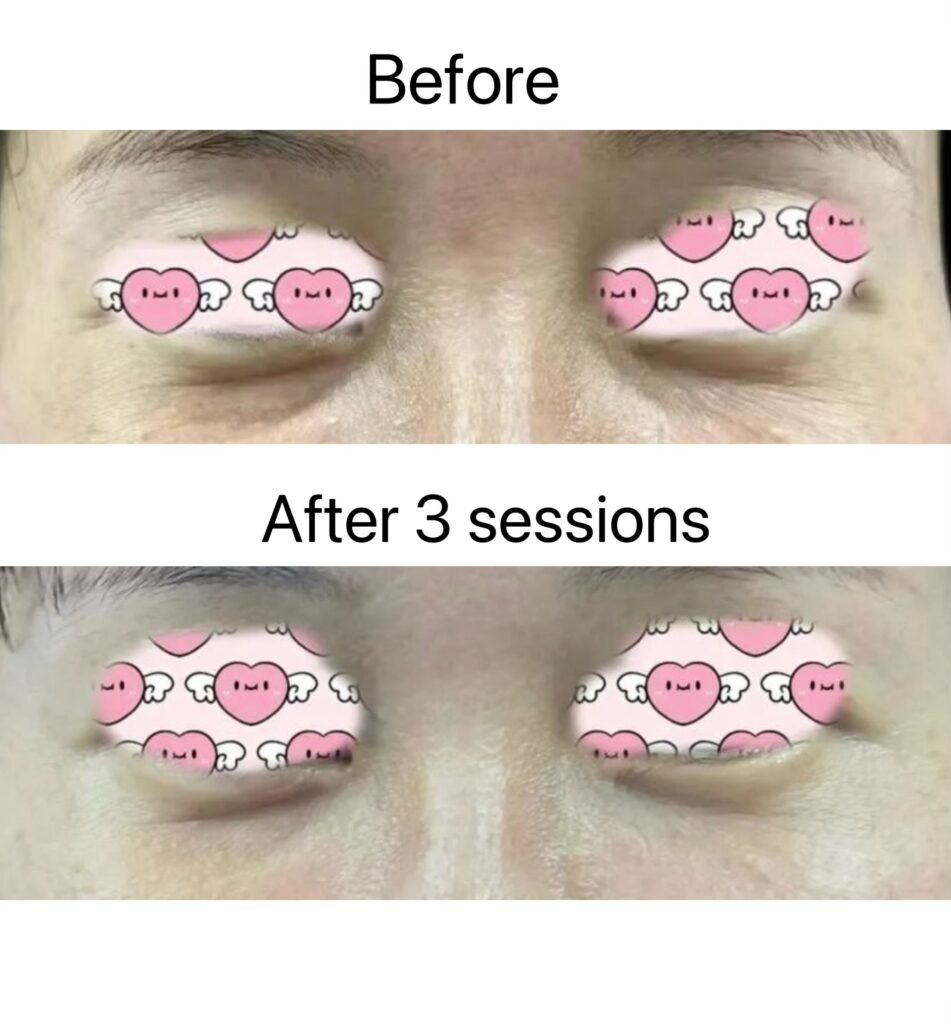
Treatment Course
Collagen injections work gradually by stimulating your skin’s own collagen renewal—like a seed taking root and growing . Unlike traditional fillers, results take time to reveal their natural effect.
A typical course includes 3 sessions, spaced one month apart, with maintenance every 2–3 months as needed. For enhanced results, collagen can be combined with treatments such as Botox or advanced eye-area therapies like PLLA, PN or eye RF treatments, creating a synergy where 1+1 > 2.

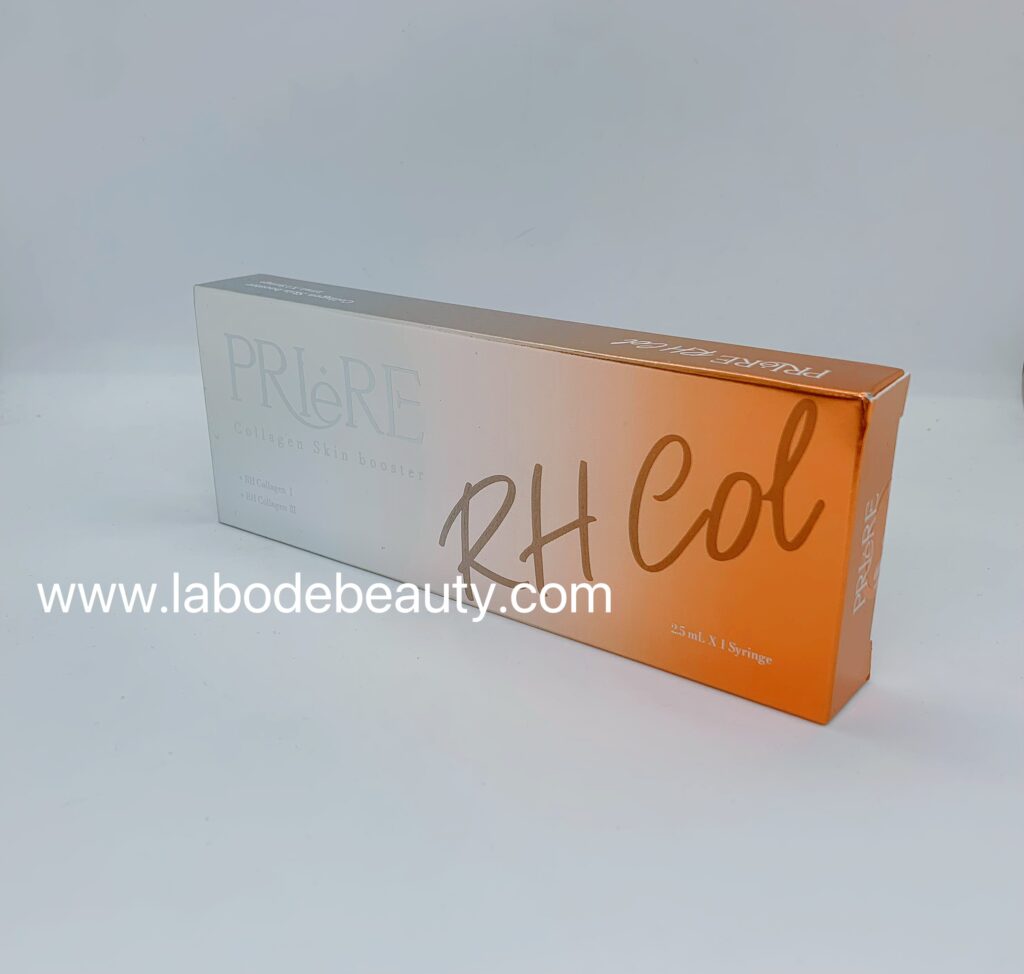
Leave a comment